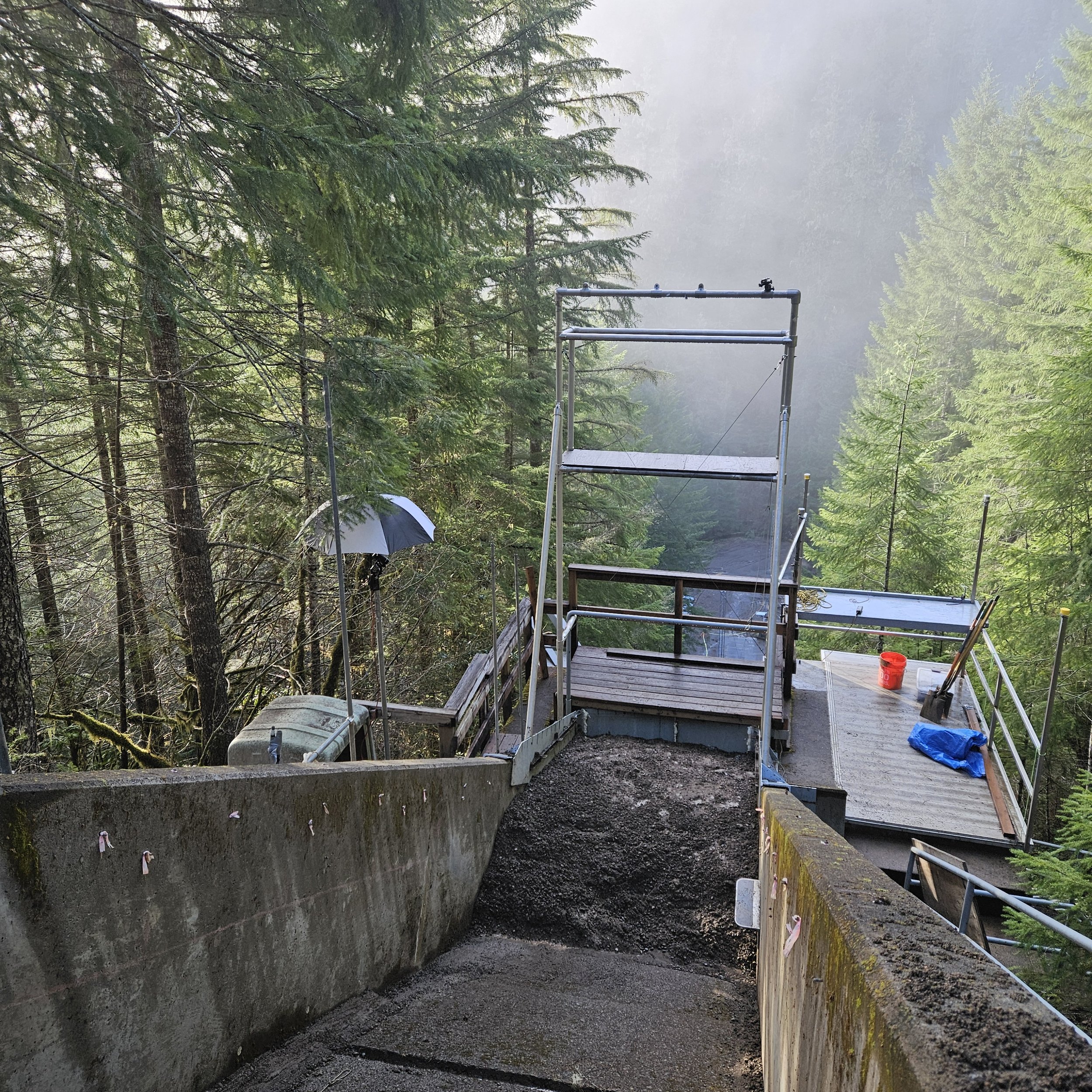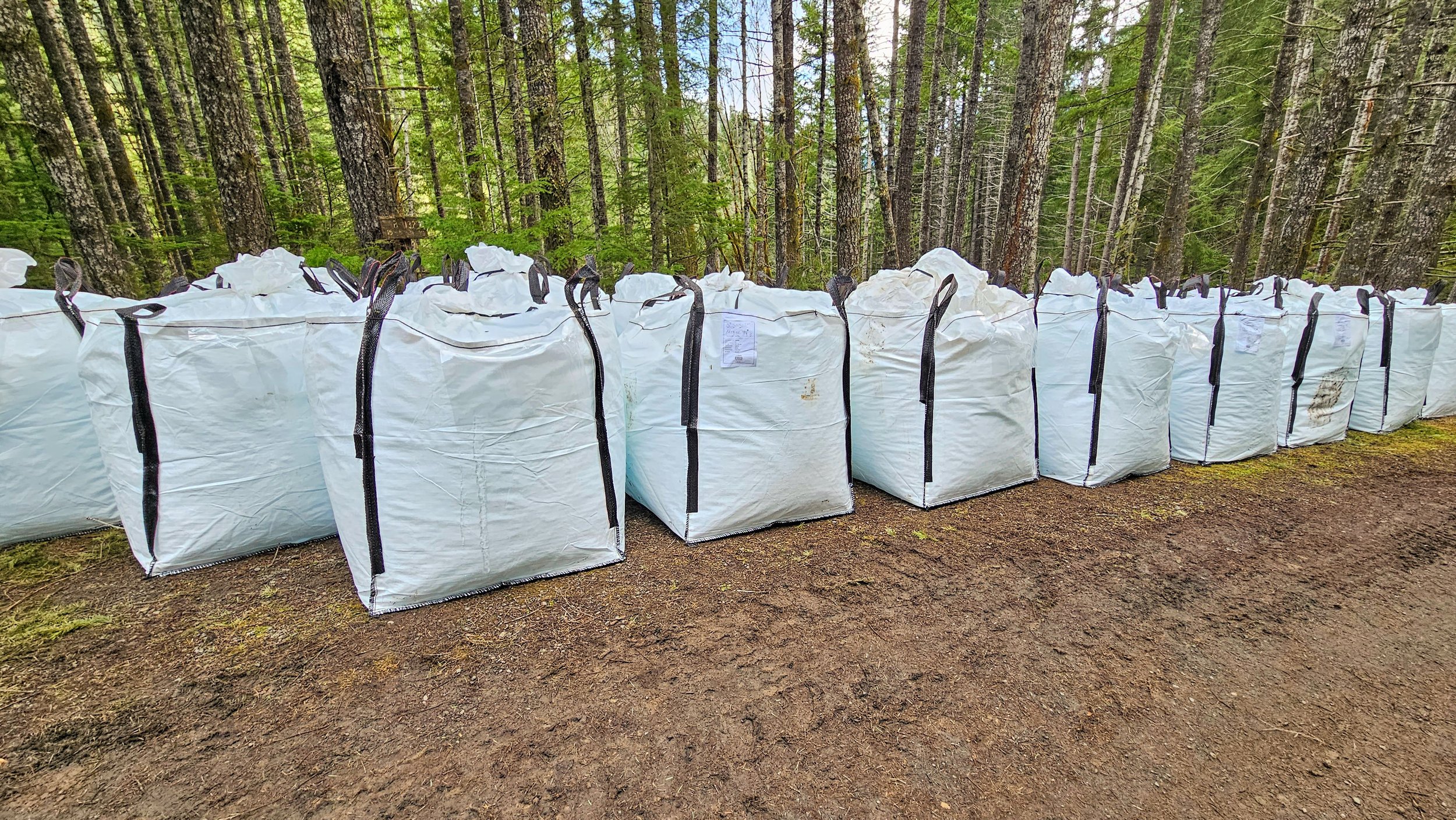These days I study the initiation and mobility of debris flows, which are among the most complex and deadly forms of landslide hazards. Because of the unpredictable nature of debris flows, it is impossible to study them in situ and experimental work is required. Debris flows mechanics and their initiation processes have been extensively studied; however, slope stability of buried ice, such as at the forefront of retreating glaciers, has not. With the warming planet, melting buried ice will become a new source of water, which, in turn, can increase pore pressure and initiate landsliding, posing new hazards to communities around the world. Due to the danger and unpredictable nature of these phenomena, the only way to study these processes is in an experimental setup such as at the large-scale experiments USGS debris flow flume facility. However, sometimes I get to help out colleagues and we outfit Cascade volcanoes with monitoring equipment.

one of the largest flume's in the world

loaded hopper at the top of the flume ready for experiments

30 thousand pounds of ice cubes

breakup a couple of thousands of ice cubes

set up of tsunamigenic experiments

ice flow deposits

view from the inside of Mt St Helens

sediment delivery